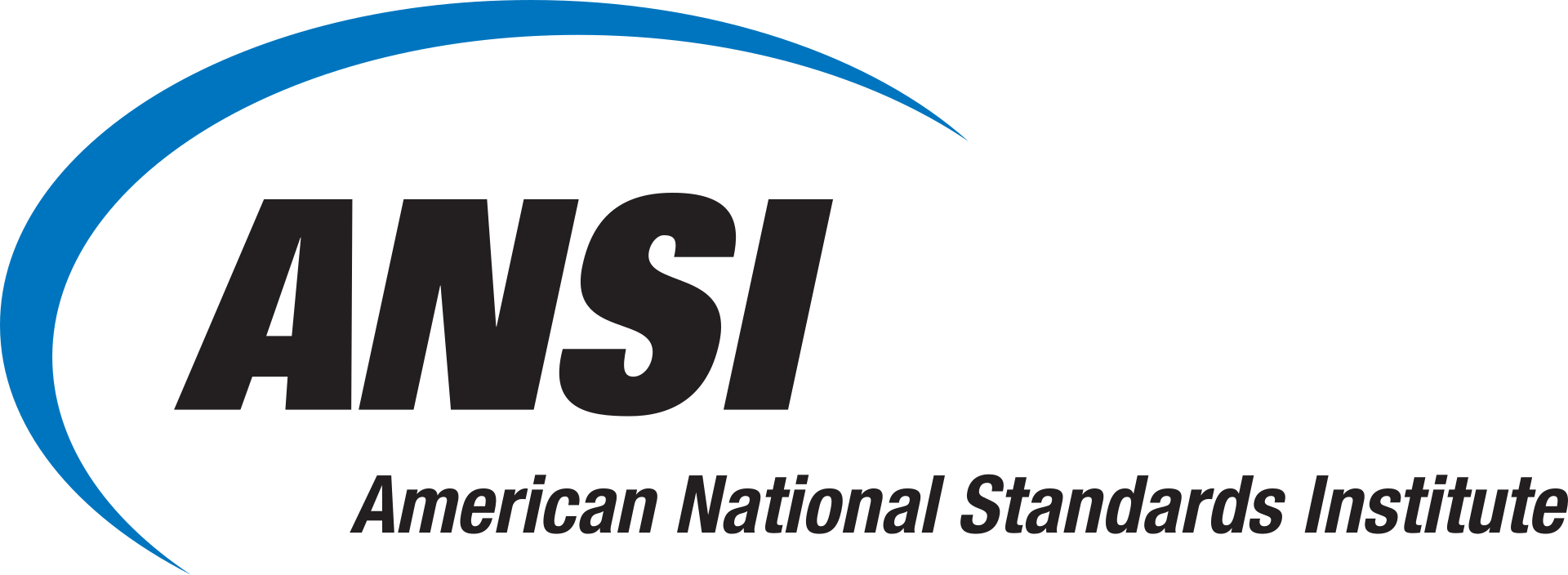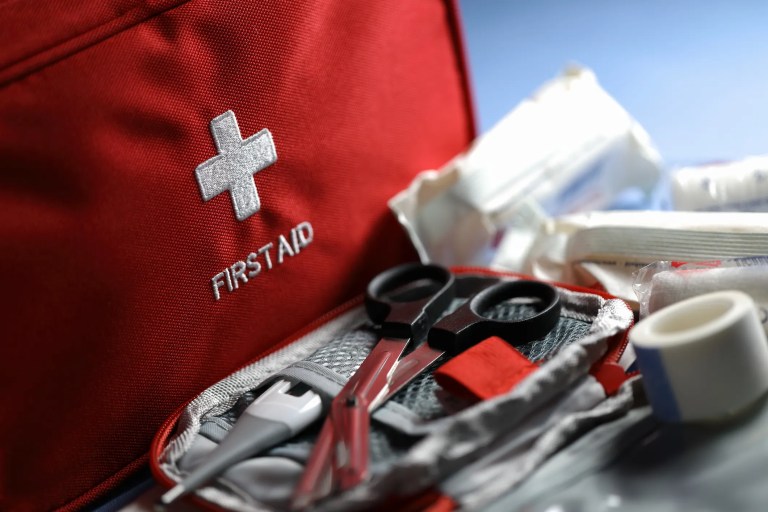ASME B1.1-2024: Unified Inch Screw Threads

ASME B1.1-2024: Unified Inch Screw Threads (UN, UNR, And UNJ Thread Forms) defines the standard specifications for unified screw threads, which are essential to the performance of fasteners used across construction, manufacturing, and mechanical engineering applications. These screw threads—used to join materials like steel, wood, and concrete—play a crucial role in creating safe, reliable connections in buildings, bridges, machines, and infrastructure. The standard outlines detailed requirements for thread form, series, class, allowance, tolerances, and designation, ensuring consistency and compatibility in inch-based screw thread systems. ASME B1.1-2024 supports precision and safety in everything from heavy-duty structural bolts to fine-threaded fasteners used in aerospace and defense.
What Is ASME B1.1?
ASME B1.1-2024 applies to the thread form, series, class, allowance, tolerance, and designation for unified screw threads.
- Thread Form: Defines the geometry of the thread, including the 60° thread angle, flank angles, crest and root shapes, and thread depth.
- Thread Series: Specifies different series such as UNC (Unified Coarse), UNF (Unified Fine), UNE (Unified Extra Fine), and others, each with specific thread pitches suited for various applications.
- Thread Class: Establishes tolerance classes (e.g., Class 1, 2, 3) that determine the tightness or looseness of fit between mating threads, affecting strength and ease of assembly.
- Allowances and Tolerances: Details the permissible variations in dimensions, including minor and major diameters, pitch diameter, and pitch, ensuring that parts manufactured by different producers fit together properly.
- Thread Designation: Provides standardized notation for identifying thread size, pitch, class, and series, allowing clear communication and specification in engineering drawings and product documentation.
- Applications and Usage: Offers guidance on selecting appropriate thread series and classes for different mechanical and industrial uses, balancing strength, durability, and ease of assembly or disassembly.
By standardizing these elements, ASME B1.1-2024 promotes compatibility across manufacturers and industries, facilitating mass production, repair, and maintenance of machinery and equipment using unified threaded fasteners.
This standard covers only [Unified] UN and UNR [external threads only] thread forms. ASME B1.1-2024 specifies that UN applies to both internal and external threads. UNR applies only to external threads; the difference between UN and UNR threads, in addition to designation, is that a flat or rounded root contour due to tool wear is specified for UN threads, while only a defined rounded root contour is specified for UNR threads.
What Is the Unified Thread Series (UTS)?
After World War II, the need for a common screw thread standard became critical. The United States, Great Britain, and Canada each had their own thread systems, which complicated manufacturing and supply chains, especially for military equipment shared among allies. To address this, engineers and standards organizations collaborated to create the Unified Thread Series (UTS) in 1949. The UTS defines a standard thread form and series—along with allowances, tolerances, and designations—for screw threads. It is the main standard for bolts, nuts, screws, and a wide variety of other threaded fasteners. There are are three main types of UTS threads:
- UNEF (Unified Extra Fine): Even finer threads, used in specialized applications.
- UNC (Unified Coarse): Coarser thread pitch, used for general-purpose fastening.
- UNF (Unified Fine): Finer thread pitch, used where more strength and better thread engagement is needed.
What Are the Classes of Unified Threads?
A thread series is a set of various thread designations which represent different thread sizes to define the thread geometry. It is classified into coarse threads, fine threads, and extra fine threads. In other words, unified threaded bar and threaded fasteners are available as coarse thread (UNC) and fine thread (UNF) series.
What Is the Difference between Fine and Coarse?
Coarse threads have a bigger pitch, meaning the screw advances farther with each full turn, resulting in a faster installation time. Consequently, they are often used in applications where installation speed and ease of usage are critical. Advantage of coarse threads included that they offer an easier and faster assembly of components with less chance of cross threading, and they are less prone to stripping when fastened into lower strength materials.
On the other hand, fine thread has a smaller pitch. This slows down installation time, but the larger number of threads enables more precision and control. Precision industries such as electronics, aerospace, and medical equipment frequently use fine threads. Hence, the advantage of fine threads is that they allow more precise adjustment because of smaller helix angle, and they are easier to tap in harder materials.
What Is the UN Designation for a UTS Thread?
The UN (Unified National) designation is a standardized way to specify Unified Thread Standard (UTS) screw threads, clearly describing their size and threading details to ensure proper identification and compatibility. As such, the UN designation for a UTS thread starts with a number indicating the major diameter, followed by a number indicating the pitch, measured in threads per inch (TPI), and then the thread’s coarseness. Further, in UTS, the pitch value is the reciprocal of TPI. For example, if a bolt has 20 TPI, its pitch is 1/20” or 0.05”.
The UN designation is not the same as ISO metric threads—they are two distinct thread standards with different measurement systems and naming conventions.
Understanding the Geometry and Measurement of Unified Screw Threads vs. ISO Metric Threads
Unified screw threads are primarily characterized by two fundamental parameters: the major diameter and the pitch. The major diameter refers to the largest diameter of the thread, measured from crest to crest, while the pitch is the distance between corresponding points on adjacent threads, typically measured along the thread axis.
Furthermore, unified screw inch threads are symmetrical in shape, meaning the flanks on either side of the thread are mirror images of each other. Each flank is inclined at a 30° angle relative to the thread axis, which results in an overall thread profile angle of 60° when measured from one flank to the opposite flank across the thread. This 60° thread angle is shared by both the Unified Thread Standard (UTS) and the ISO metric thread system, making their thread profiles geometrically similar. However, the main distinction lies in their measurement systems and pitch specification.
- UTS Threads: Pitch is specified as the number of threads per inch (TPI), meaning the distance between threads is expressed as a fraction of an inch. For example, a 20 TPI thread means there are 20 threads in one inch, so the pitch is 1/20 inch.
- ISO Metric Threads: Pitch is specified in millimeters, indicating the distance between adjacent threads along the axis. For instance, an M10 x 1.5 thread has a major diameter of 10 mm and a pitch of 1.5 mm between threads.
This difference in units of measurement reflects the underlying regional usage: UTS is primarily used in the United States and Canada where inch-based measurements prevail, while ISO metric threads are standardized and used globally in countries adopting the metric system. Despite these differences, both standards assure the threads provide a secure fit and consistent mechanical performance, but their designations, applications, and measurement units distinguish them in manufacturing and engineering.






